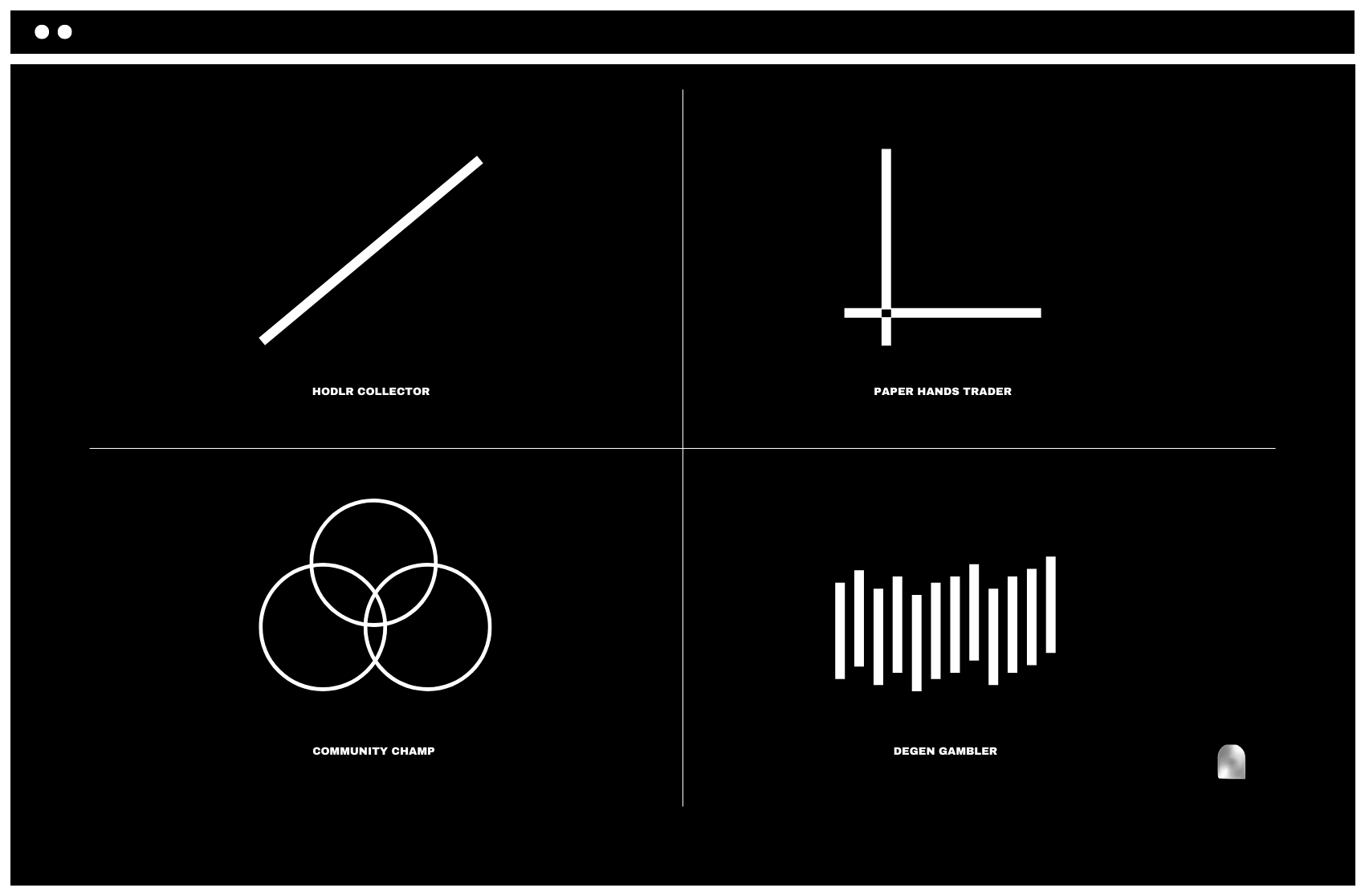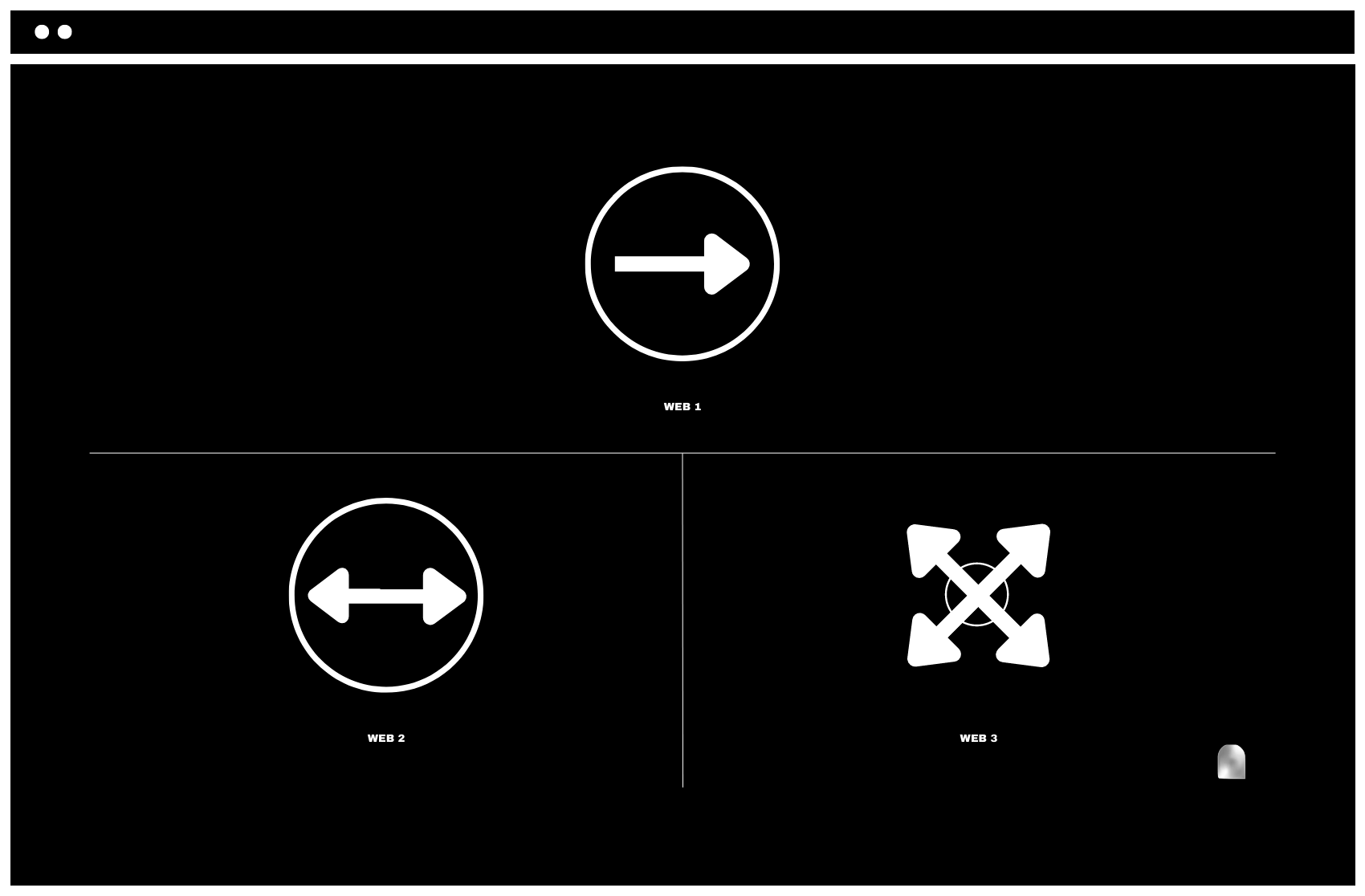If you've been around the Web 3 space long enough, chances are you have read about crypto hot and cold wallets. A wallet gives you your own key to Web 3, giving you a unique address that works similar to how email and single-sign-on (SSO) are used for authentication. You only need a mobile phone or browser to set up a hot wallet, a pretty revolutionary way to keep currency and assets compared to opening an account at the local bank.
%20(1500%20%C3%97%20259%20px)%20(800%20%C3%97%2040%20px)%20(2).png)
To keep things simple, hot wallets are connected to the web, whereas cold wallets are not and work with a separate hardware device. Hot wallets are frequently used and easily connect with dapps like crypto exchanges, NFT marketplaces, DAOs, and more. Cold wallets are best to safeguard larger amounts of funds and valuable assets without the interference of a third-party custodian. In other words, imagine your hot wallet is the one you take for your everyday chores, and your cold wallet is the sturdy piggy bank where you keep most of your portfolio.

Hot Wallets
Without a doubt, the most common wallet in Web 3, lots of people have been using hot wallets without even knowing it. Some of the most popular options out there like Metamask and Trustwallet are great examples. They take just a few clicks to set up and give access to connect with Web 3 dapps in no time. There are many hot wallets to choose from nowadays, some supporting different blockchains and cryptocurrencies, fashion sleek UI, and are easier to use. Regardless of your go-to hot wallet, they more or less share similar benefits and vulnerabilities.
Let's face it, is not that they are hot because they are popular per se, but because they are vulnerable to more security issues than their cold wallet counterparts. If a hacker is clever enough to find your secret phrase and remote access your computer, rest assured your wallet will be empty in no time and the attacker will be taking a sweet profit. Remember that your wallet is just like your bank account except you are the only security guard, financial independence and sovereignty unfortunately has its caveats.
Using a hot wallet might not be as decentralized as you think. In 2021, some users were in shock to see that their assets were inaccessible from Metemask. Turns out that the United States imposed restrictions on a number of countries, including Venezuela, Iran, North Korea, Cuba, Syria and Crimea, Donetsk and Ukraine’s Luhansk region. Forcing American companies like Consensys (parent of Metamask), Opensea, and hosting services like Infura to shut operations in those regions. Nonetheless, users were able to access their funds with other wallets and use other services that did not face restrictions. An important reminder that hot wallets rely on third-party providers to take custody of assets, and those providers need to follow their country's jurisdiction to operate at all times.

Cold Wallets
If you are a big player in the space, it's a no-brainer to invest in a cold wallet and store your valuable assets there. What typically looks like a simple USB drive, is what some people use to experience decentralization at this best. A solution that is immune to third-party restrictions or changes that can hinder access to your assets, one that works like your very own personal bank vault.
Stories of refugees escaping hostile regions thanks to the versatile aspect of carrying a hot wallet are quite common. Helping them carry liquidity that is not tied to a single country's jurisdiction, allowing them to convert what they have to another currency with ease. One could agree that these folks had to leave their homes involuntarily to survive, and without their cold wallets to get by they would have never managed to make it.
On the other hand, you have stories of folks who misplaced their cold wallets or were damaged in an accident. From digging up trash dumps to find lost cold wallets, to paying for expensive recovery services, working with a cold wallet is certainly not as convenient as being able to access a cold wallet from pretty much anywhere.
Which one is best?
It all depends on your appetite for risk, which Web 3 certainly has lots of appetite for. If you are new to crypto and are just curious about how this stuff works, don't think it over too much and open yourself a hot wallet to get started. If you plan to be working with crypto on the long run, might as well invest in a cold wallet to learn how they operate to add more security to your assets.
Diversification is key for a portfolio to succeed. Remember to never keep your eggs in one basket, keeping your assets safe in multiple wallets is not only common practice but also common sense. It takes one mistake to have your account drained, take the right steps to protect your portfolio today.
%20(1500%20%C3%97%20259%20px)%20(800%20%C3%97%2040%20px)%20(2).png)
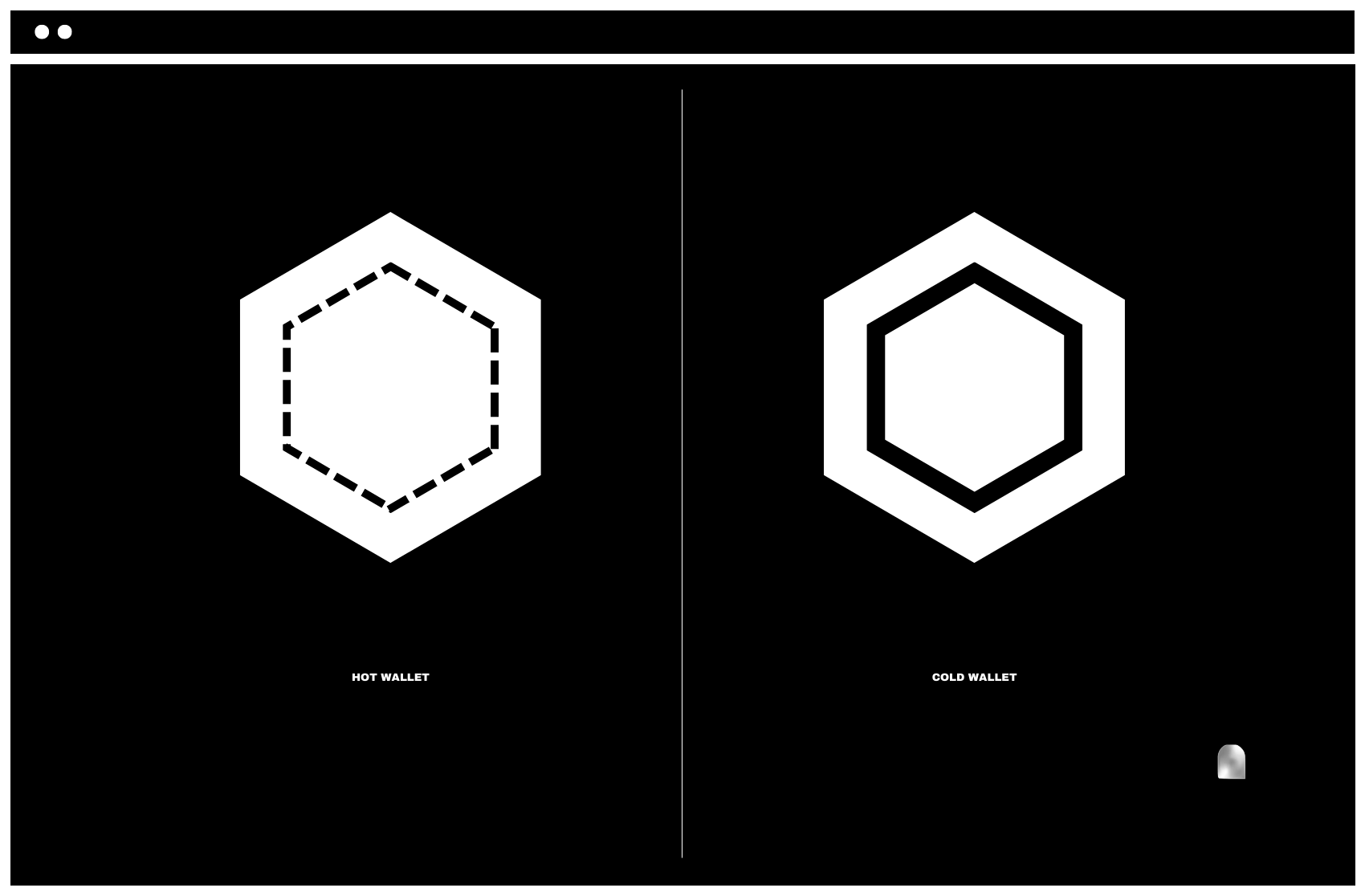
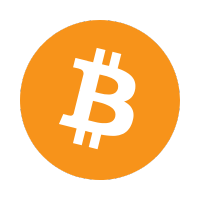




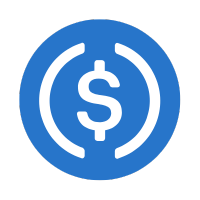




.png)




